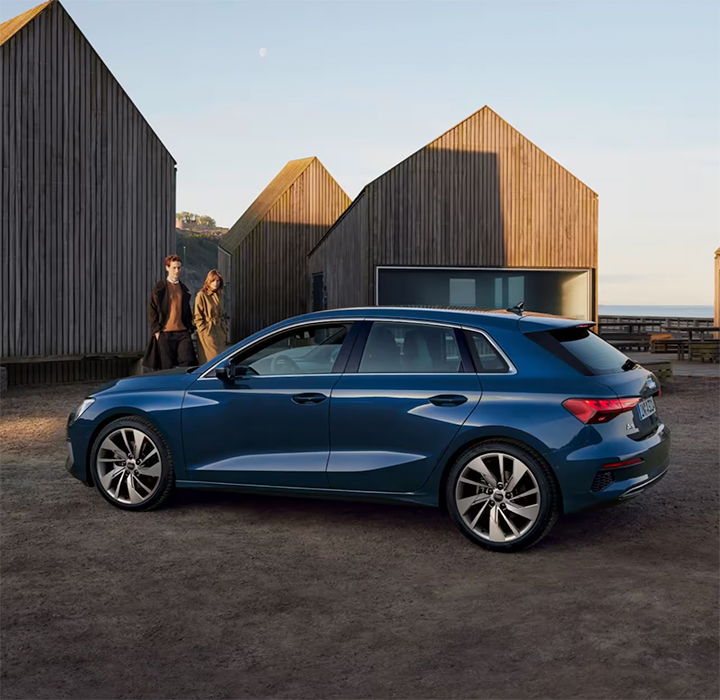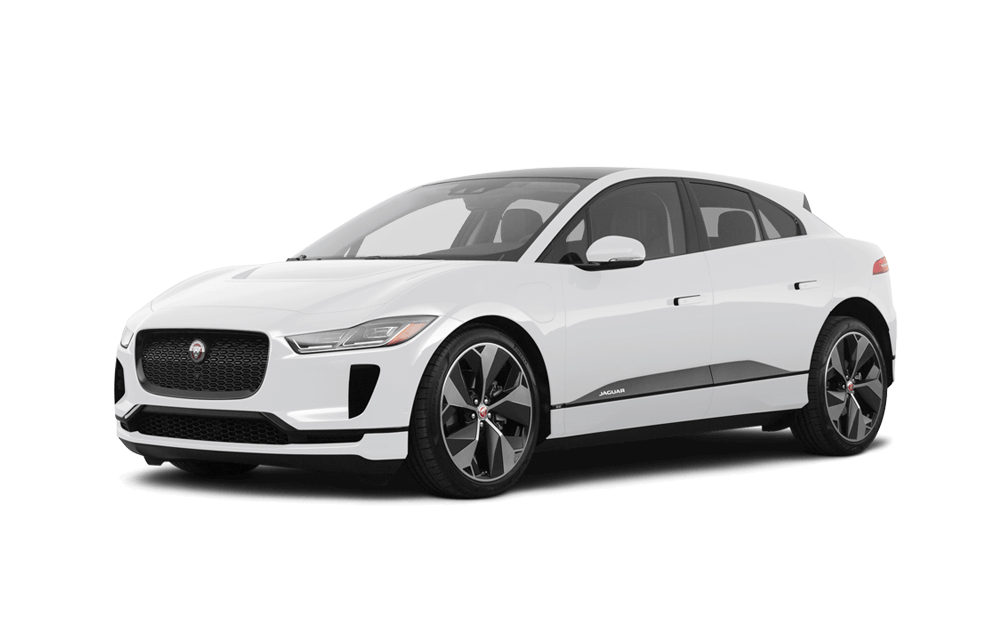Conventional Hybrid Vehicles (HEV)
Similar to Plug-in Hybrids (PHEVs), conventional Hybrid Electric Vehicles (HEVs) incorporate both a battery and a petrol/diesel engine.
However, there are notable differences between the two. In HEVs, the battery is relatively small and cannot be plugged in for external charging. It is designed to assist the vehicle for short distances and at low speeds. The petrol/diesel engine is primarily utilized for the majority of the driving time in HEVs.

Basic hybrid electric vehicle (HEV) facts:
The distance an electric car can cover on a full battery charge varies depending on several factors:
Hybrid Electric Vehicles (HEVs) are a type of vehicle that combines a conventional fuel tank with a small battery, making them known as "hybrids."
The internal combustion engine in an HEV is powered by petrol or diesel from the fuel tank, driving the wheels.
The HEV's battery operates an electric motor, which also contributes to propelling the wheels. However, due to the limited capacity of the small battery, the vehicle can only rely on electric power alone for a short distance and at low speeds.
HEVs do not require external charging since they cannot be plugged in. Instead, the battery primarily charges by using petrol or diesel from the internal combustion engine.
Regenerative braking is another method by which the battery receives a partial charge. It captures and converts kinetic energy during braking, directing it into the battery instead of dissipating it as heat in the brake pads.
HEVs automatically switch between combustion and electric power, utilising the limited-capacity battery to enhance fuel efficiency, improve energy utilisation, and reduce emissions, particularly in urban areas when driving at lower speeds.
Are there any limitations to a HEV vehicle's range?
Since Hybrid Electric Vehicles (HEVs) cannot be plugged in, they can be treated similarly to regular petrol or diesel vehicles. When the fuel tank is running low, you can simply visit a filling station for refueling.
In this case, there are no concerns regarding battery range. The vehicle's range is primarily determined by the size of the fuel tank and the engine's efficiency.
At lower speeds, particularly below approximately 20 mph, HEVs can operate solely on battery power using the electric motor. The battery typically provides a range of about 1-2 miles before its charge is depleted.


What is the environmental impact of HEVs?
When it comes to environmental impact, Hybrid Electric Vehicles (HEVs) claim the third position.
In terms of eco-friendliness, Battery Electric Vehicles (BEVs) take the lead, operating solely on electricity and emitting zero pollutants. They represent the most environmentally conscious choice among the three types of electric vehicles.
Plug-in Hybrid Electric Vehicles (PHEVs) secure the second spot, featuring a medium-sized battery. They offer the advantage of being zero or emitting very low levels of pollutants for approximately 30 miles. However, beyond that range, they start contributing to pollution.
On the other hand, HEVs rely solely on petrol or diesel, placing them in a category similar to conventional internal combustion engine vehicles. Consequently, they release harmful gases and pollutants.
Nonetheless, HEVs offer a notable advantage when driving in urban areas at lower speeds. For instance, a Toyota Prius HEV taxi maneuvering through stop-and-go traffic experiences the absence of engine noise until the driver accelerates or the battery's charge depletes.

Fully Electric (BEV)
Pure electric cars, also known as Battery Electric Vehicles (BEVs), operate solely on a large battery and an electric motor, without any internal combustion engine. They have zero CO2 emissions, making them environmentally friendly. Additionally, their battery-based technology makes them highly cost-effective to run.

Plug-in Hybrid (PHEV)
Similar to fully electric Battery Electric Vehicles (BEVs), Plug-in Hybrids (PHEVs) require charging by plugging them in to replenish their medium-sized battery. However, PHEVs differ in that they also feature a conventional petrol or diesel engine. Normally, the initial 20-40 miles of a PHEV's journey rely solely on the battery, while the petrol/diesel engine takes over for longer distances.





